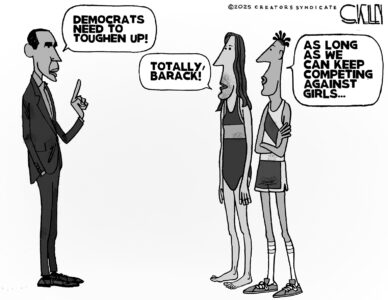This is what fixing the damn roads looks like
Gov. Gretchen Whitmer campaigned on a pledge to “fix the damn roads.” And after her first year in office – marked by opposition and inaction from the Legislature – she took matters into her own hands during last week’s State of the State.
Her plan to bond for $3.5 billion through bonding to fix some of Michigan’s roads will translate into real solutions starting this year. That’s welcome news for the millions of Michiganders who drive on state highways.
Is bonding a perfect solution? The only solution? Ideal? Likely not.
It is a solution that will make real progress in the short term, however, and it’s one that doesn’t require Michiganders to wait on elected officials to put politics aside so they can have safe roads to travel on.
In her 2019 budget proposal, Whitmer offered Plan A: a proposal that included an unpopular fuel tax that was attacked by legislators on both sides of the aisle, although no counter was ever made formal.
This year, Whitmer announced Plan B: an additional $3.5 billion toward the Michigan Department of Transportation’s five-year plan, committed to fixing crumbling roads and bridges along the state’s major highways.
Estimates say the bonds will pay for 49 large-scale projects, and accelerate an additional 73 statewide.
In Ingham County, around $510 million will go toward several projects along U.S. 127, I-496 and 1-96. For Eaton and Clinton counties, over $248 million is expected.
Critics of funding road fixes through Plan B point to its focus on major highways and costs to taxpayers.
There is still much work to be done on local, county and municipal roads. However, these projects will increase safety and improve conditions on the most highly used roadways sooner – presumably taking pressure off municipalities and certainly accomplishing more than was thought possible even last year.
And bonding does cost taxpayers. Interest will add more than a billion, but spending is necessary to ensure the safety of Michigan drivers. Taxpayers were always going to pay – the question was now or later.
Gov. Whitmer used the tools she had available to make what she thought was the most effective Plan B in the face of legislative inaction.
Let this be a lesson for our elected leaders in the Legislature: The governor is done waiting for you to join the conversation.
If you’re not part of the solution, you’re part of the problem. Michiganders deserve public servants who strive to be part of this solution, and can all work together to find cooperative solutions.
— Lansing State Journal



